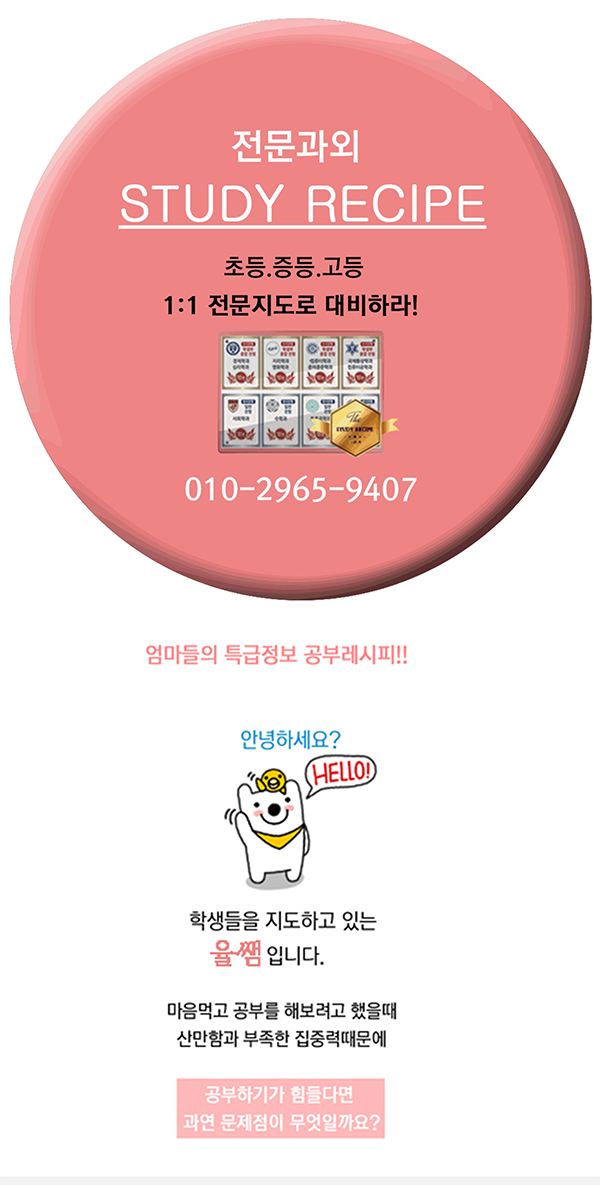도봉구수학 between primary and secondary education also varies from country to country and even within them but is generally around the seventh to the tenth year of schooling.[citation needed] Lower Programs at ISCED level 2, lower secondary education are usually organized around a more subject-oriented curriculum; differing from primary education. Teachers typically have pedagogical training in the specific subjects and, more often than at ISCED level 1, a class of students will have several teachers, each with specialized knowledge of the subjects they teach. Programmes at ISCED level 2, aim is to lay the foundation for lifelong learning and human development upon introducing theoretical concepts across a broad range of subjects which can be developed in future stages. Some education systems may offer vocational education programs during ISCED level 2 providing skills relevant to employment.[16] Upper Programs at ISCED level 3, or upper secondary education, are typically designed to complete the secondary education process. They lead to skills relevant to employment and the skill necessary to engage in tertiary courses. They offer students more varied, specialized and in-depth instruction. They are more differentiated, with range of options and learning streams.[16] Community colleges offer another option at this transitional stage of education. They provide nonresidential junior college courses to people living in a particular area. Tertiary This section does not cite any sources. Please help improve this section by adding citations to reliable sources. Unsourced material may be challenged and removed. (December 2019) (Learn how and when to remove this template message) Students in a laboratory, Saint Petersburg State Polytechnical University Main articles: Tertiary education and Higher education See also: Adult education Universities often host prominent guest speakers for student audiences, e.g. First Lady of the United States Michelle Obama delivering remarks at Peking University, Beijing, China Higher education, also called tertiary, third stage, or postsecondary education, is the non-compulsory educational level that follows the completion of a school such as a high school or secondary school. Tertiary education is normally taken to include undergraduate and postgraduate education, as well as vocational education and training. Colleges and universities mainly provide tertiary education. Collectively, these are sometimes known as tertiary institutions. Individuals who complete tertiary education generally receive certificates, diplomas, or academic degrees. The ISCED distinguishes 4 levels of tertiary education. ISCED 6 is equivalent to a first degree, ISCED 7 is equivalent to a masters or an advanced professional qualification and ISCED 8 is an advanced research qualification, usually concluding with the submission and defence of a substantive dissertation of publishable quality based on original research.[22] The category ISCED 5 is reserved for short-cycle courses of requiring degree level study.[22] Higher education typically involves work towards a degree-level or foundation degree qualification. In most developed countries, a high proportion of the population (up to 50%) now enter higher education at some time in their lives. Higher education is therefore very important to national economies, both as a significant industry in its own right and as a source of trained and educated personnel for the rest of the economy. University education includes teaching, research, and social services activities, and it includes both the undergraduate level (sometimes referred to as tertiary education) and the graduate (or postgraduate) level (sometimes referred to as graduate school). Some universities are composed of several colleges. One type of university education is a liberal arts education, which can be defined as a "college or university curriculum aimed at imparting broad general knowledge and developing general intellectual capacities, in contrast to a professional, vocational, or technical curriculum."[23] Although what is known today as
카테고리 없음


